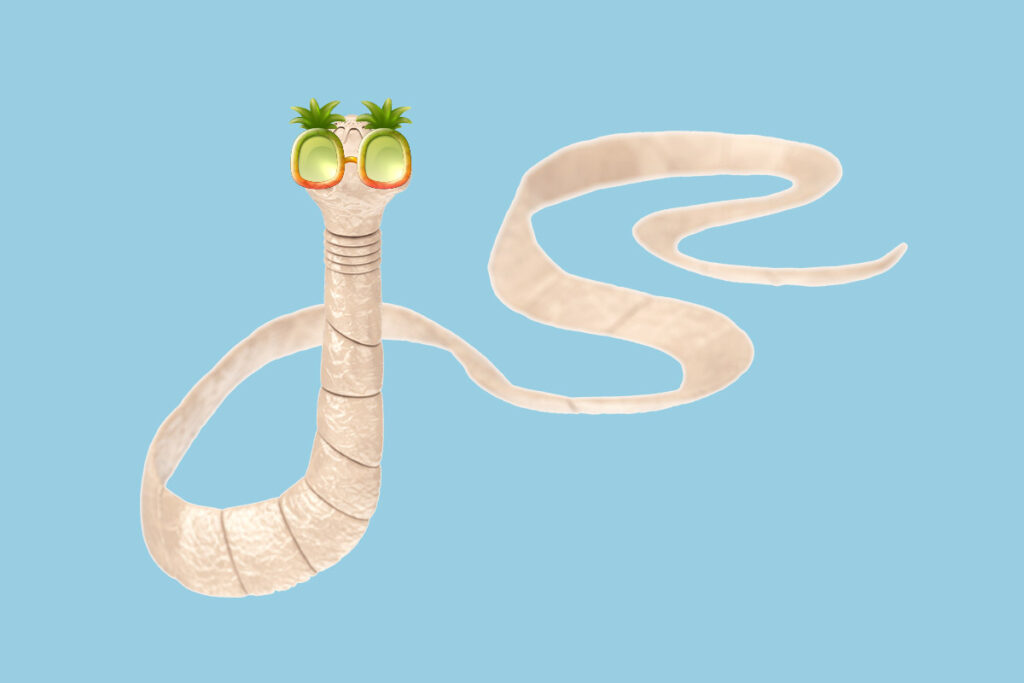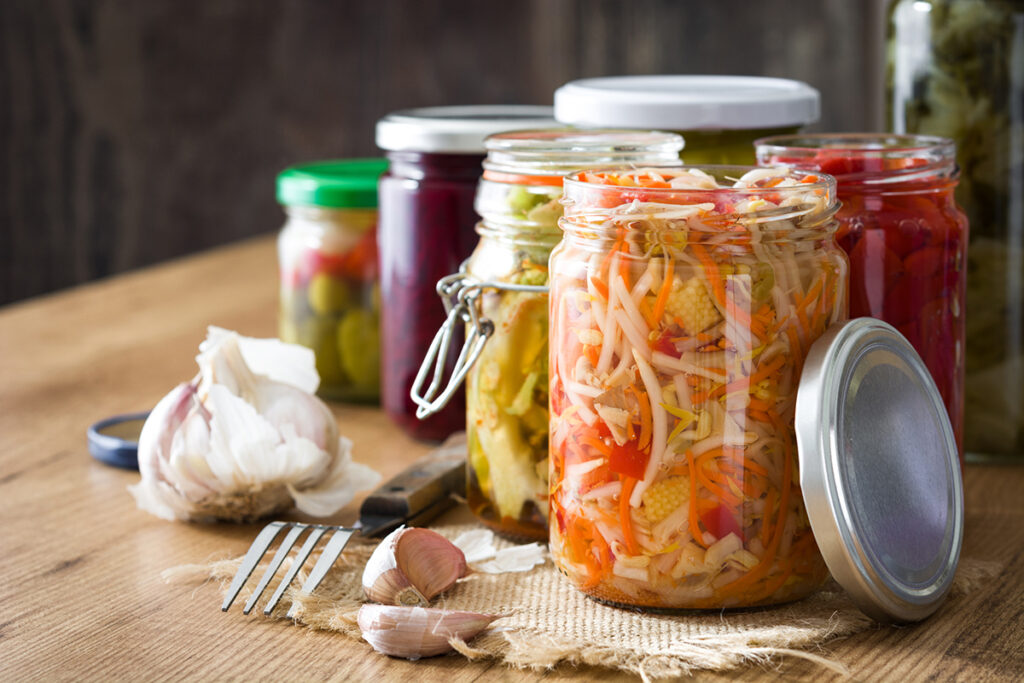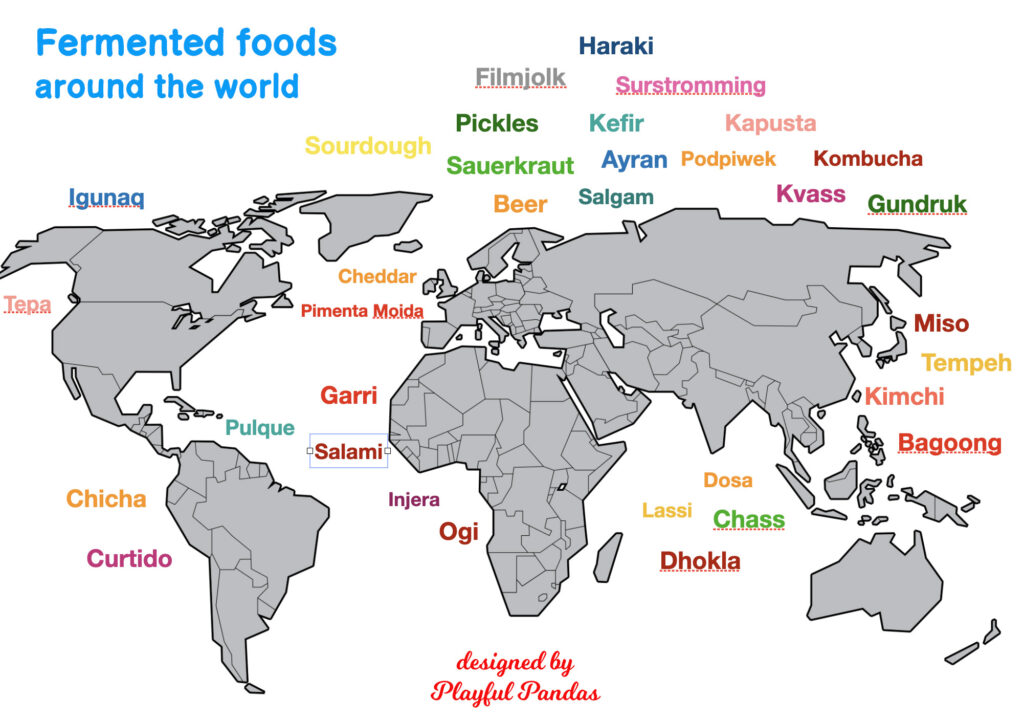Parasites infestation. No one wants to talk about it, but it happens.
You can read the whole gross story here LINK. In this post I want to share all the remedies and treatments that I tried in the three years battle (sadly, still ongoing from time to time).
Online sources
This Facebook grou going by the humorous name of “Bottoms Up” is my number one resource : it will tell you everything there is to know about parasites, even if it’s supposed to be just about coffee enemas. I am very grateful for its existence. Another source I use is a rabbit hole of weird remedies from the most disparate sources (proceed with caution!), an ancient forum from the Internet’s early days called Curezone, where I found this.
Dr Klinghardt’s website devotes several pages to parasite cleansing, and there are various videos available on youtube (second part of that on here), that explain how parasites thrive in a body once the immune system has been damaged by other chronic infections. Dr Klinghardt’s talks and articles cover many topics, from Lyme to Covid, and although his approach may sometimes be hit and miss, his views on complex disease offer a very constructive perspective.
The first website I came across when researching parasite treatments was DetoxDudes – the creator shares his own parasite story, and a wealth of interesting information. One of its strong points is the information they offer about making your own suppositories, a very powerful tool and one way to save some money instead of buying the very few (insanely expensive) suppositories on the market. Some dosages seem pretty dangerous, so do your own research and proceed with care. In any case,I think that self made suppositories are a brilliant idea (also the main topic of the now defunct website called The Superman Diet), and I am grateful for the explanation.
I bought these silicone trays to make suppositories, the “power shape” will hold more medication, I preferred the smaller round shape for, ahem, comfort reasons. My personal favourites were cocoa butter suppositories with 10-in-one, or CBD oil, or green coffee extract.
LINK
Personally, I found the controversial book by Kerri Rivera about The Kalcker protocol for parasites extremely useful, even without actually doing the protocol she suggests (I bought all the material but in the end I didn’t have the courage to do it). The book provides precious and comprehensive information about all the available treatments for parasites, conventional medications and dosages, and a good overview of the beasts themselves, their life cycle and their habits.
Less than two years after I waged war to parasites, in 2017, the wonderful online event called The Parasite Summit happened, one of the several online summits organised by Dr Jay Davidson. While the talks are available for free only during the event days (but you can access them for a fee at all times), you can find online some reviews outlining their content, like this one or this one.
And this video, with Dr Davidson.
One interesting hypothesis, even more controversial than others, is the rope worm theory, Russian doctors Volinsky and Gubarev identified a new kind of intestinal parasite with different growth stages that they called rope worm. It is debated that the peculiarly shaped “findings” (sometimes very long) are not a parasite but just mucoid plaque (hardened mucus containing all sorts of bacteria) .
Brenda Cosentino’s blog Real Food Rebel proposes another maybe less scientific but still valid approach, where she shares the protocol she herself used to get rid of parasites.
I am not a big fan of Hulda Clark, because her approach “we will cure all cancer in 6 weeks” feels pretty cavalier, and I hold a personal grudge because her famed protocol didn’t work for me, but I think it requires a mention, as many others reported success with it. The “Zapper”, a portable machine that acts as a rudimental version of Rife machines and transmits a limited set of frequencies to kill various parasites and a couple of other bugs. I cannot vouch for the effectiveness of such devices, but my experiences with frequency healing LINK have been pretty spectacular, although sadly I never met any practitioner who treated me for parasites, so I put zappers in the list.
These are the online sources I can think of.
Supplements and Medications
about the actual treatments that I tried first hand, here is the list:
Fermented food: sauerkraut, kimchi, water kefir, kombucha, miso, natto, and many more.
As I explained elsewhere LINK eating fermented foods is how I even discovered that I had parasites. Strangely enough, I ate miso for years after getting the tapeworm,(miso is also fermented) but it never seemed to bother my guest. If I had to pick one, sauerkraut juice seems to be the most powerful, and fermented garlic.
I make a full list of books about fermentation here, LINK but I’d like to mention here the book that almost 20 years ago initiated the current interest on home fermentation, Sandor Katz’s Wild Fermentation
and one of the several related Facebook groups, also called Wild Fermentation
Conventional anti-parasitic drugs:
Niclosamide (less side effects) It is recommended as a single dose but the Kircher protocol suggested one week. The situation didn’t resolve after one week, I kept treating with other things, and tried again 6 momths later again for 7 days, the second time it probably worked.
Pyrantel Pamoate:it was supposed to be one of the more harmless medications, instead it caused me a horrible rash with layers of skin peeling off my back and legs – no, thanks.
Mebendazole At the hospital they prescribed me (after a short google search performed under my eyes) Mebendazole for two days – after some researching, I saw that the dose was completely inadequate and decided to take it for seven days at least (again, thank you Kirchner Protocol) but in the end as I thought my main problem was tapeworm (it was, but it was not alone) and mebendazole was not the drug of choice for it. Nicosamide also had less side effects.
There are other popular antihelminthic drugs, such as Invermictin and the superstrong Praziquantel, but I didn’t have access to any of them.
Non conventional treatments and remedies
Humaworm: many swear by it, for me it didn’t work, and in addition, as there wasn’t any warning in the instructions, I didn’t do the liver detox that is recommended in users groups (but I hadn’t found that information when I was using it) so I spent a good two months with a nice bright yellow complexion and elevated liver enzymes. Again, many others swear by it, it is possible that it was not enough for my giant tapeworm.
Biopure’sTen in One (in Europe called Klinghardt Spezial) is a special formula that includes 10 different essential oils (Walnut Oil, Artemisia, Black Cumin Seed, Clove, Frankincense, Garlic, Geranium, Marjoram, Mugwort, Peppermint, and Thyme) added to ozonated oil. In the end it was the most powerful thing I have tried. Because it was giving me terrible stomach reflux, I resorted to just rubbing it on the belly, and it worked pretty well. Also delivered via suppository, as explained above. I believe it was 10 in one that finally “delivered me’ of the major parasite burden.
Treating pyroluria – I already explained here LINK the strengths and weaknesses of this inexpensive test. In my case I believe treating a severe deficiency of zinc, B6 and B12, most probably caused by the parasites, made the environment less cosy for them. For sure it finally healed most of my peripheral neuropathy.
Two of the herbs I was taking as part of the Cowden protocol had some antiparassitary effects:
Enula, which is a preparation composed by two herbs, Alant-root commonly known as Elecampane, and Jalap root. I tried the herbs separately too, (well only the Elecampane, I couldn’t find the other one) but it wasn’t strong enough.
Cumanda worked quite well in the beginning against the tapeworm, but after the first month it stopped working and the side effects were too much, so I had to abandon it. As I took it other times for other problems (mold colonisation) I can attest that it was not effective on other species of parasites, which kept going about their lives for all the time that I was taking it.
Diatomaceous Earth – most of the existing literature on Google scholar about diatomaceous earth reports its effects on animals and insects (for example, this one and this one). The food grade version is a much finder grind that is more suitable to the delicate stomach of humans, and it works the same way. Very very effective on nematodes. Personally the powder in water bothered my stomach so I prefer taking it in capsules. I still use it as maintenance.
Talking about maintenance: in this article LINK I explained some foods that I integrated in my diet to make life more difficult to parasites.
Neem – another herb used since prehistorical times, it did have some effects, but less spectacular than others. I gave up on it because it upset my digestion, a personal reaction.
Mimosa Pudica – it worked well for nematodes (the worm looking ones), it’s not my favourite because it creates a mass in the intestines and sometimes when it comes out it looks like a giant parasite itself, and makes it difficult to distinguish if something has actually come out. Between that and the slowed down bowel movements (I haven’t read anyone else reporting it, but that was my experience), I preferred to focus on different remedies.
Black Seed Oil (black cumin) – personally it didn’t seem to affect my parasites much, but others swear by it, so, as I tried it anyway, I put it in this list.
The Hulda Clark protocol (black walnut, wormwood, clove) – while the three herbs are notorious anti parasites, they didn’t do much to the tapeworm except for pissing him off, and I didn’t tolerate them well. Again, other people were successful with it, so I guess it’s worth trying.
Essiac Tea – I took it for mold colonisation, but it worked on some parasites too. It’s a powerful detoxifier and the dead parasites were just an added bonus, but I feel that it helps during my maintenance periods.
CBD oil – my impression is that it worked on some species, but I can’t say which ones. It would not be my first line of attack, but maybe for maintenance it can help.
Pure pine gum spirits oil (Turpentine) – I kept the best for last. This apparently traditional remedy has been brought back in use by Dr Jennifer Daniels, who makes some very good points in her videos but, as I couldn’t find any other documentation about it, I was pretty skeptical. Then I came across this guy.
https://www.youtube.com/watch?v=Iy0Zd__89X4&t=7s
He seemed sort of levelheaded and everything he said was logical and made sense, so I bought a small bottle of the remedy. I didn’t really dare to eat it, because they stress how you need several bowel movements per day and with die-off I can’t guarantee that, so I just rubbed it on duodenum, liver and a bit everywhere on the belly. It didn’t hurt but i felt a number of “death dances” in the following hours, and after a couple of days I had some really nice surprises,, especially candida.
Since then turpentine, pure pine gum spirits, gum oil or whatever it’s called – new names are getting introduced since a few years, I imagine in the attempt to distinguish this product from the turpentine sold in paint stores, which is chemical and poisonous – has righteously entered my health kit. A few times per year I make a round of a week or two (doctor Daniels says five days on, two days off), and whatever my immune system hasn’t been able to evict, will leave the body in a hurry.
This was my list of anti parasitic treatments and methods, thank you for reading!







